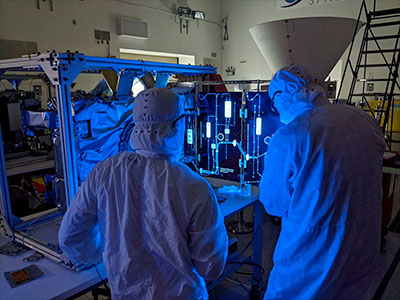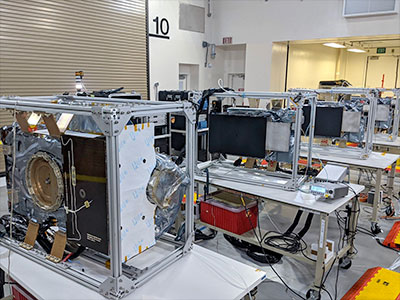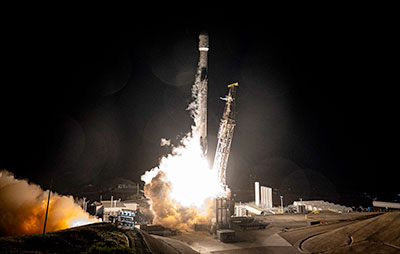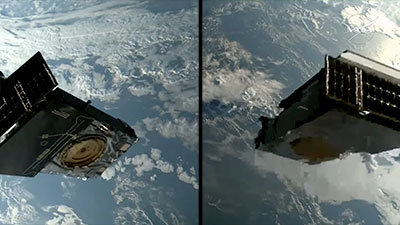NASA selects PUNCH mission to study our SunNASA has selected a new mission to advance our understanding of the Sun and its dynamic effects on space. The Polarimeter to Unify the Corona and Heliosphere, or PUNCH, mission will study how the Sun drives particles and energy into the solar system.
The Sun generates a vast outpouring of solar particles known as the solar wind, which can create a dynamic system of radiation in space called space weather. Near Earth, where such particles interact with our planet's magnetic field, the space weather system can lead to profound impacts on human interests, such as astronauts' safety, radio communications, GPS signals, and utility grids on the ground.
The more we understand what drives space weather and its interaction with the Earth and lunar systems, the more we can mitigate its effects – including safeguarding astronauts and technology crucial to NASA's Artemis program to the Moon.
Composed of four suitcase-sized satellites, PUNCH will image and track the solar wind as it leaves the Sun. The spacecraft also will track coronal mass ejections – large eruptions of solar material that can drive large space weather events near Earth – to better understand their evolution and develop new techniques for predicting such eruptions.
These observations will enhance national and international research by other NASA missions such as Parker Solar Probe, and the upcoming ESA (European Space Agency)/NASA Solar Orbiter, due to launch in 2020. PUNCH will be able to image, in real time, the structures in the solar atmosphere that these missions encounter by blocking out the bright light of the Sun and examining the much fainter atmosphere.
Together, these missions will investigate how the star we live with drives radiation in space. PUNCH is led by Craig DeForest at the Southwest Research institute in Boulder, Colorado. Including launch costs, PUNCH is being funded for no more than $165 million.
The PUNCH mission will be managed by the Explorers Program Office at NASA's Goddard Space Flight Center in Greenbelt, Maryland.
The Explorers Program, the oldest continuous NASA program, is designed to provide frequent, low-cost access to space using principal investigator-led space science investigations relevant to the work of NASA's Science Mission Directorate in astrophysics and heliophysics. The program is managed by Goddard for the Science Mission Directorate, which conducts a wide variety of research and scientific exploration programs for Earth studies, space weather, the solar system and universe.















